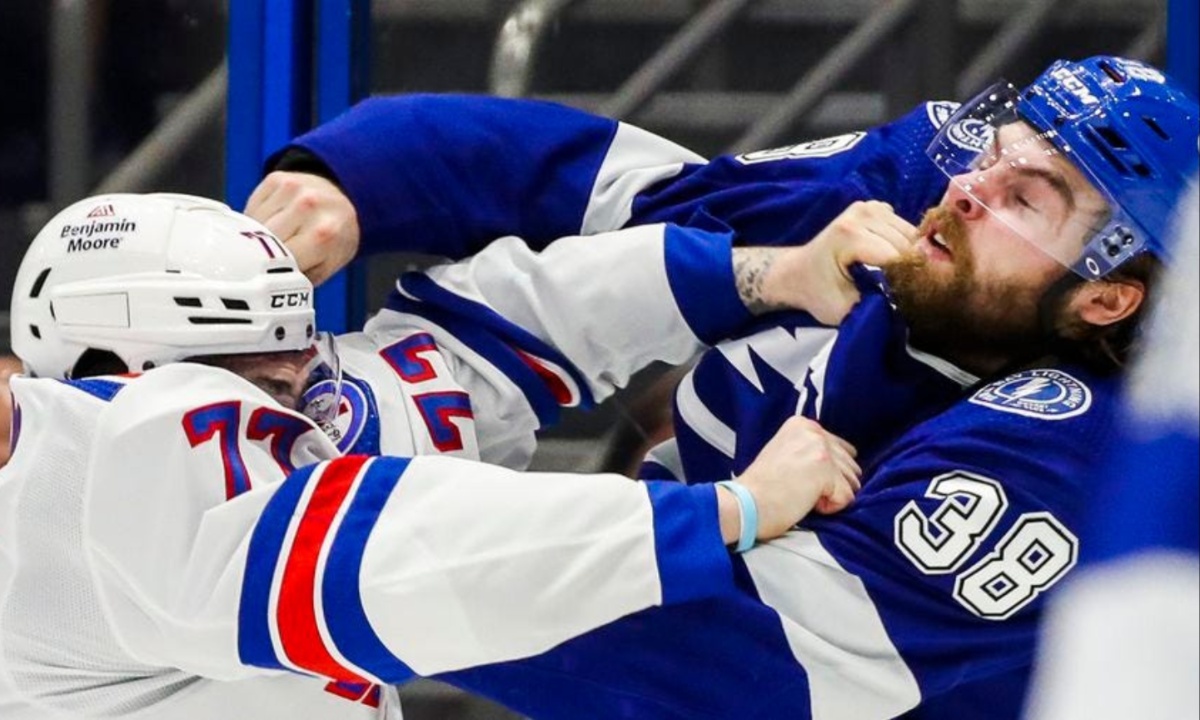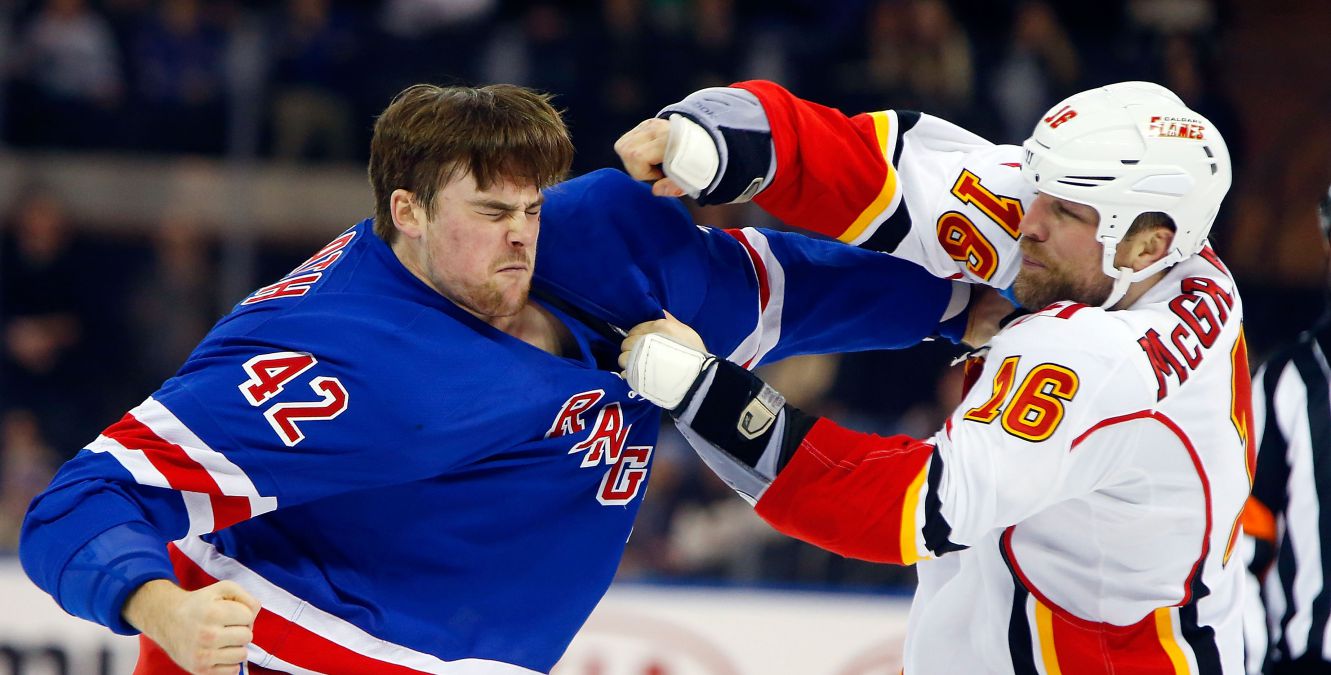Hockey stands apart from other professional sports by tolerating fighting, a practice that is still permitted in the NHL. Unlike the MLB, NFL, or NBA, where fighting results in automatic suspensions, the NHL allows it under regulated conditions. While the frequency of fights has significantly declined, the tradition persists. This has sparked an ongoing debate, especially as concerns over head injuries in professional sports continue to grow. Some argue for a ban to protect players’ health, while others believe fighting remains a vital and cultural part of the game.
One argument for banning fighting is that it would not harm hockey’s popularity. Studies show that NHL fans primarily watch the game for its skills and competitiveness, not for fighting. This debunks the notion that fighting is a key driver of fan engagement. Removing fights would allow the sport to evolve while retaining its audience, making it a reasonable step forward for the league.
Health and safety provide another compelling reason to ban fighting. Beyond common injuries such as broken bones, repeated blows to the head during fights can lead to long-term health issues like Chronic Traumatic Encephalopathy (CTE). Cases like those of Colton Orr and Joe Murphy illustrate how head trauma can devastate lives and careers. Given the growing focus on player safety across professional sports, banning fighting aligns with broader initiatives to prevent serious injuries.

Conversely, proponents of fighting argue that it acts as a deterrent against more dangerous forms of violence. They claim that fighting serves as a self-regulating mechanism, preventing players from resorting to more extreme actions, such as using sticks as weapons or engaging in reckless play. Without fighting, frustration among players could lead to unregulated aggression, potentially making the game more dangerous rather than safer.
Additionally, fighting is viewed as a cultural and emotional element of hockey. For fans, it provides a controlled release of aggression and a sense of tradition. While fighting is less frequent today compared to hockey’s violent past, many believe that it should fade naturally rather than be forcibly banned. This gradual shift respects the sport’s heritage while allowing it to modernize organically, balancing progress with preservation.
In sum, the debate over fighting in hockey reflects a clash between tradition and the need for safety. Advocates for a ban point to its negligible impact on fan engagement and the protection of players’ health, while supporters emphasize its role in the sport’s culture and regulation of on-ice aggression. Whether fighting is banned or allowed to decline over time, the conversation highlights hockey’s evolving identity and the challenges of preserving its legacy while ensuring its future.
